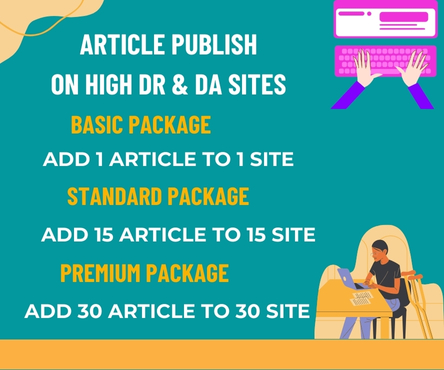In today’s digital landscape, having a strong online presence is no longer a luxury but a necessity for businesses, entrepreneurs, and individuals looking to build their personal brand. The first step toward establishing this presence is Website Development Wollongong, a crucial process that lays the foundation for your brand’s digital identity. A well-designed website serves as a virtual storefront, providing potential customers with their first impression of your brand, products, or services. In this article, we’ll explore the importance of website development in building your brand online and what it takes to create a website that truly represents your vision.
Why Website Development Matters
A website is more than just a digital brochure or an online business card; it’s a powerful tool that can make or break your online presence. Here are a few reasons why website development should be your top priority:
- Credibility: A professional-looking website instills trust and credibility in your brand, making it more likely for visitors to become customers.
- Visibility: A website allows you to reach a wider audience, 24/7, giving you a competitive edge in the market.
- Brand Identity: Your website is often the first point of contact between your brand and potential customers, making it essential to showcase your unique value proposition and brand personality.
Key Elements of Effective Website Development
Creating a website that resonates with your target audience requires careful planning, design, and development. Here are some key elements to consider:
- Clear Purpose: Define the purpose of your website and what you want to achieve with it. Is it to generate leads, sell products, or provide information?
- User Experience (UX): Ensure that your website is user-friendly, easy to navigate, and provides a seamless experience across devices.
- Visual Design: Use a visually appealing design that reflects your brand’s personality and resonates with your target audience.
- Content Strategy: Develop a content strategy that showcases your brand’s voice, tone, and messaging.
- Search Engine Optimization (SEO): Optimize your website for search engines to improve visibility and drive organic traffic.
The Website Development Process
Website development involves several stages, from planning and design to development and launch. Here’s an overview of the process:
- Planning: Define your website’s purpose, target audience, and requirements.
- Design: Create wireframes, mockups, and prototypes to visualize your website’s layout and user experience.
- Development: Bring your design to life using HTML, CSS, JavaScript, and other programming languages.
- Testing: Test your website for usability, functionality, and performance.
- Launch: Launch your website and make it available to the public.
Best Practices for Website Development
To ensure that your website development project is successful, follow these best practices:
- Responsive Design: Ensure that your website is optimized for various devices and screen sizes.
- Security: Implement robust security measures to protect your website and user data.
- Accessibility: Ensure that your website is accessible to users with disabilities.
- Content Updates: Regularly update your website with fresh content to keep visitors engaged.
Conclusion
Website development is a critical step in building your brand online. By understanding the importance of website development, key elements of effective website development, and best practices, you can create a website that truly represents your brand’s vision and values. Whether you’re building a personal blog or an e-commerce site, a well-designed website is essential for establishing a strong online presence and driving business growth. With careful planning, design, and development, you can create a website that resonates with your target audience and sets your brand up for success in the digital landscape.

